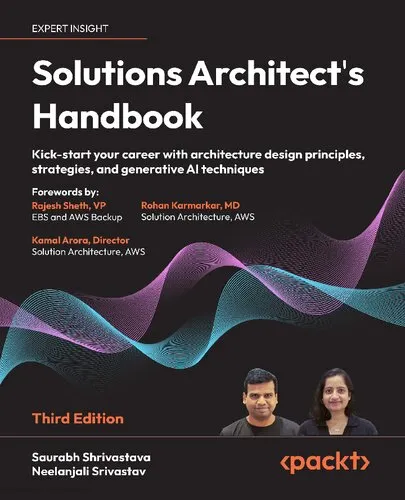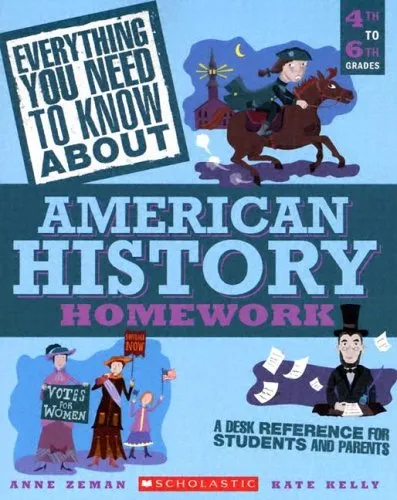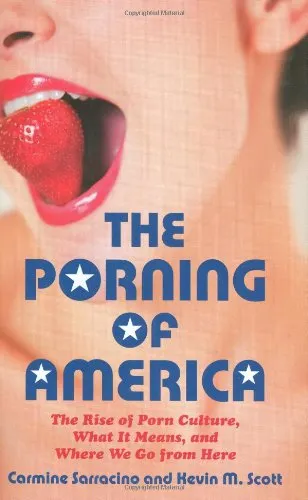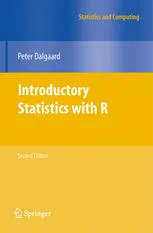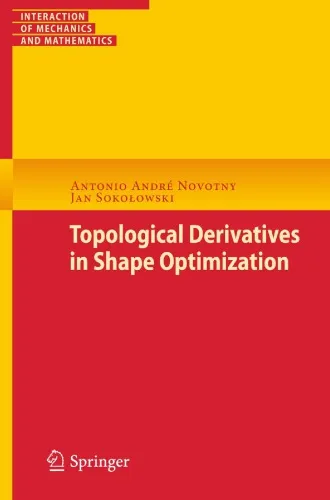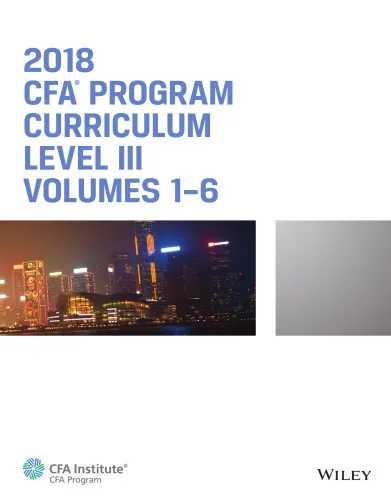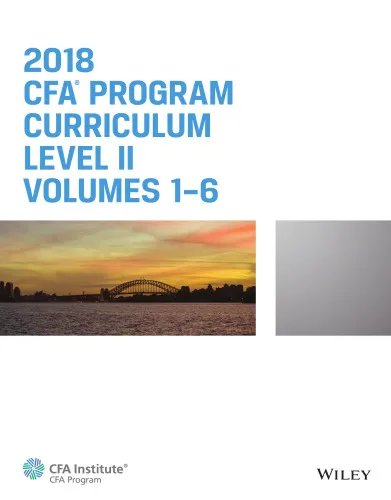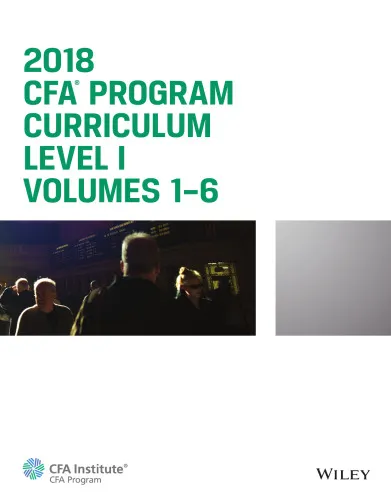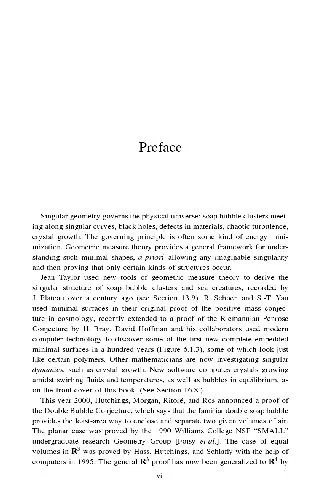Film Quarterly
3.0
Reviews from our users

You Can Ask your questions from this book's AI after Login
Each download or ask from book AI costs 2 points. To earn more free points, please visit the Points Guide Page and complete some valuable actions.Related Refrences:
Analytical Summary
Donald F. Larsson’s contribution to Film Quarterlypp.53—54 reflects a detailed and discerning engagement with the art and discipline of film criticism. Designed for readers who value academic precision and critical thought, this specific section of the journal offers a close examination of cinematic works, their cultural resonance, and methodological approaches within film studies. It stands as an exemplar of structured scholarly review, bridging the gap between academic research and accessible critical discourse.
While the exact publication date of these pages remains “Information unavailable” due to the absence of a reliable public source, the thematic weight of Larsson’s work is evident through his meticulous focus on both the socio-cultural context of cinema and its aesthetic dimensions. The analytical scope ranges from the granular evaluation of directing styles and narrative construction to broader reflections on cinema's role in public consciousness.
In Film Quarterlypp.53—54, Larsson engages with elements that resonate with professionals in film theory, cultural studies, and media history. His prose navigates seamlessly between empirical film analysis and interpretive commentary, ensuring that the content serves dual purposes: enriching the scholarly record and expanding the reader’s intellectual curiosity. The emphasis on cinematic criticism and academic film analysis reinforces the journal’s role as a platform where rigorous standards meet thought-provoking inquiry.
Key Takeaways
This section distills the core points embedded in Larsson’s writing, channeling them into actionable insights for academics, critics, and cinephiles alike.
Firstly, Film Quarterlypp.53—54 demonstrates how close reading of film texts can reveal layers of meaning often obscured by mainstream criticism. Secondly, it underscores the necessity of context—historical, cultural, and theoretical—in interpreting cinematic works. Thirdly, Larsson’s approach models how to balance subjective impressions with disciplined methodological frameworks.
Fourth, the text implicitly teaches that great film criticism is as much about the critic’s voice as it is about the subject, and finally, it illustrates how scholarly writing can remain engaging while upholding academic rigor.
Memorable Quotes
Within Film Quarterlypp.53—54, certain lines crystallize the essence of Larsson’s thought, resonating beyond the immediate context of the review.
“Cinema is an ongoing dialogue between the spectator’s gaze and the filmmaker’s vision.”Unknown
“The study of film is the study of ourselves, refracted through time and culture.”Unknown
Why This Book Matters
Film Quarterlypp.53—54 occupies a distinctive position in the discourse of cinema studies because it encapsulates the interconnectedness of art, critique, and context.
For professionals in academic film analysis or cinematic criticism, Larsson’s text affirms that meaningful film study demands rigor and reflexivity. It matters because it preserves a moment in film scholarship where intellectual engagement with visual media was both a personal and collective enterprise.
The section’s value lies not in offering definitive answers but in prompting sustained analytical thought. It teaches readers that to appreciate cinema fully, one must navigate between subjective enjoyment and objective examination. As such, it continues to inform how educators design curricula, how critics refine their frameworks, and how researchers construct their hypotheses.
Inspiring Conclusion
Film Quarterlypp.53—54 is more than a set of journal pages; it’s a gateway to disciplined curiosity about the moving image.
By engaging with Larsson’s critical methodology, readers can sharpen their understanding of cinema’s multifaceted nature, applying its lessons to both scholarly endeavors and everyday media consumption. The dual focus on cinematic criticism and academic film analysis positions this work as a timeless reference for those who see film not just as entertainment, but as a layered cultural text worthy of deep reflection.
If you seek to push the boundaries of your film comprehension, the next step is clear: read, share, and discuss the insights of Film Quarterlypp.53—54 with peers and colleagues. Such dialogue ensures that the principles of rigorous yet inviting criticism continue to shape the evolving landscape of film studies.
Free Direct Download
You Can Download this book after Login
Accessing books through legal platforms and public libraries not only supports the rights of authors and publishers but also contributes to the sustainability of reading culture. Before downloading, please take a moment to consider these options.
Find this book on other platforms:
WorldCat helps you find books in libraries worldwide.
See ratings, reviews, and discussions on Goodreads.
Find and buy rare or used books on AbeBooks.
1017
بازدید3.0
امتیاز0
نظر98%
رضایتReviews:
3.0
Based on 0 users review
Questions & Answers
Ask questions about this book or help others by answering
No questions yet. Be the first to ask!

